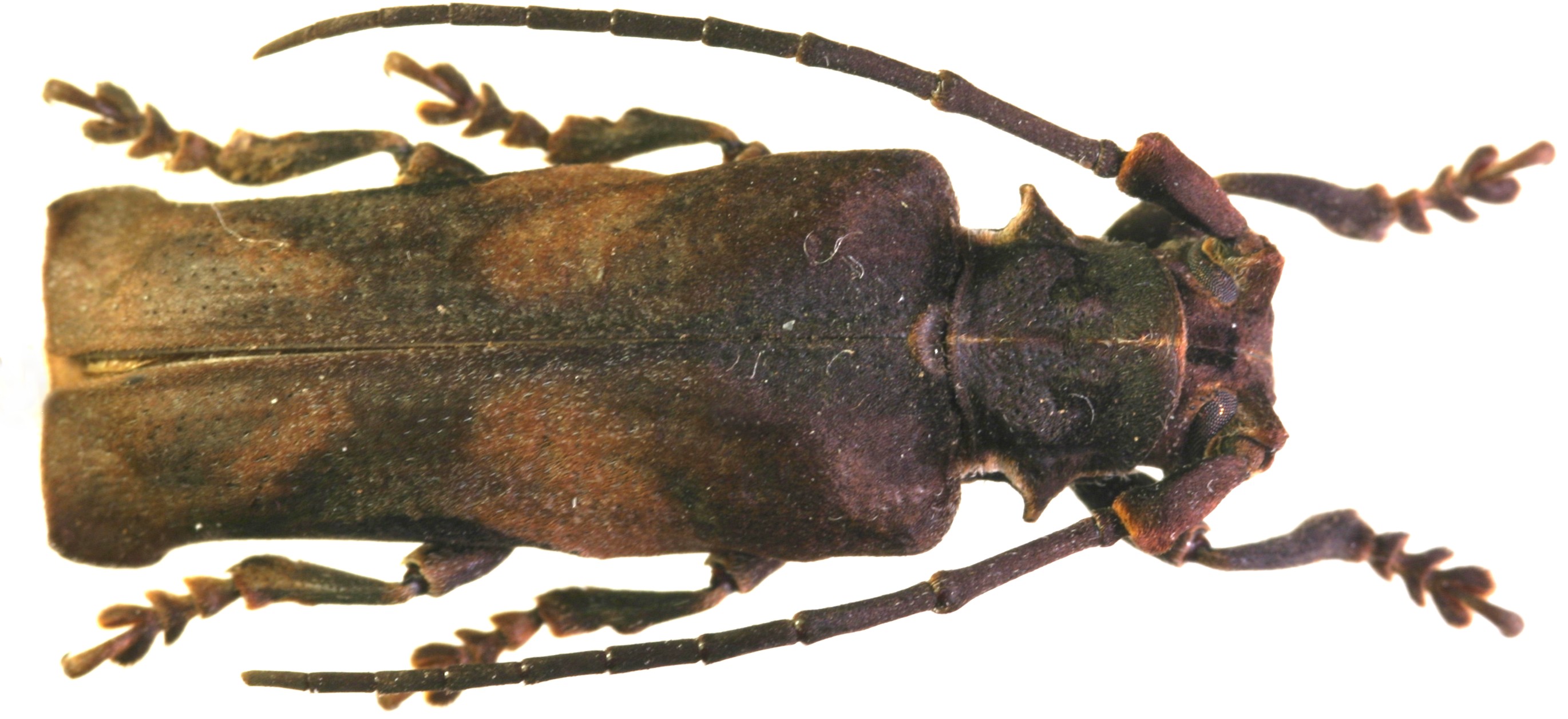| Author |
 Topic Topic  |
|
|
cerambyphil
Member Rosalia
  
France
675 Posts |
 Posted - 17/03/2013 : 22:14:35 Posted - 17/03/2013 : 22:14:35



|

451.08 KB
Non, je ne lui ai pas coupé le bout des élytres. Original non ?
Sumatra, 25 mm. |
le confort est fait pour être retrouvé ! |
Edited by - Xavier on 28/01/2016 14:15:51 |
|
|
Xavier
Scientific Collaborator
    
France
12219 Posts |
 Posted - 17/03/2013 : 22:30:17 Posted - 17/03/2013 : 22:30:17



|
Magnifique ! Extraordinaire !
Une Sthenias sans doute ? |
 |
|
|
dryobius
Member Rosenbergia
   
USA
1887 Posts |
 Posted - 17/03/2013 : 22:49:09 Posted - 17/03/2013 : 22:49:09



|
| Thylactus sumatrensis Hüdepohl, 1987 (they attain lengths up to 35 mm). Occurs in Borneo, too. |
 |
|
|
cerambyphil
Member Rosalia
  
France
675 Posts |
 Posted - 17/03/2013 : 22:54:26 Posted - 17/03/2013 : 22:54:26



|
Et bien merci dryobius, encore un mystère de résolu ! |
le confort est fait pour être retrouvé ! |
 |
|
|
dryobius
Member Rosenbergia
   
USA
1887 Posts |
 Posted - 20/03/2013 : 05:00:32 Posted - 20/03/2013 : 05:00:32



|
My apologies for a mistake....
After closer examination of this photograph, I am certain this is not Thylactus sumatrensis. The reason is that the specimen is too short, and the elytra have a definite post-median dark area. This is therefore (probably) Thylactus angularis Pascoe.
I have T. sumatrensis from Sumatra and Borneo and both specimens are over 35mm. They are wholly dark, almost brownish purple. The apex of the elytra are slightly different, too.
I would like to ask Xaurus to confirm this, as I believe he has T. angularis from Thailand. T. angularis is a widespread species occuring from Borneo to Thailand, so it likely occurs in Sumatra, too. |
 |
|
|
cerambyphil
Member Rosalia
  
France
675 Posts |
|
|
Xaurus
Member Rosenbergia
   
Germany
1924 Posts |
 Posted - 21/03/2013 : 00:39:42 Posted - 21/03/2013 : 00:39:42



|
Yes Dan you are right, I think its T. angularis but the surface of the spm is a bit adhered.
|
 |
|
| |
 Topic Topic  |
|


